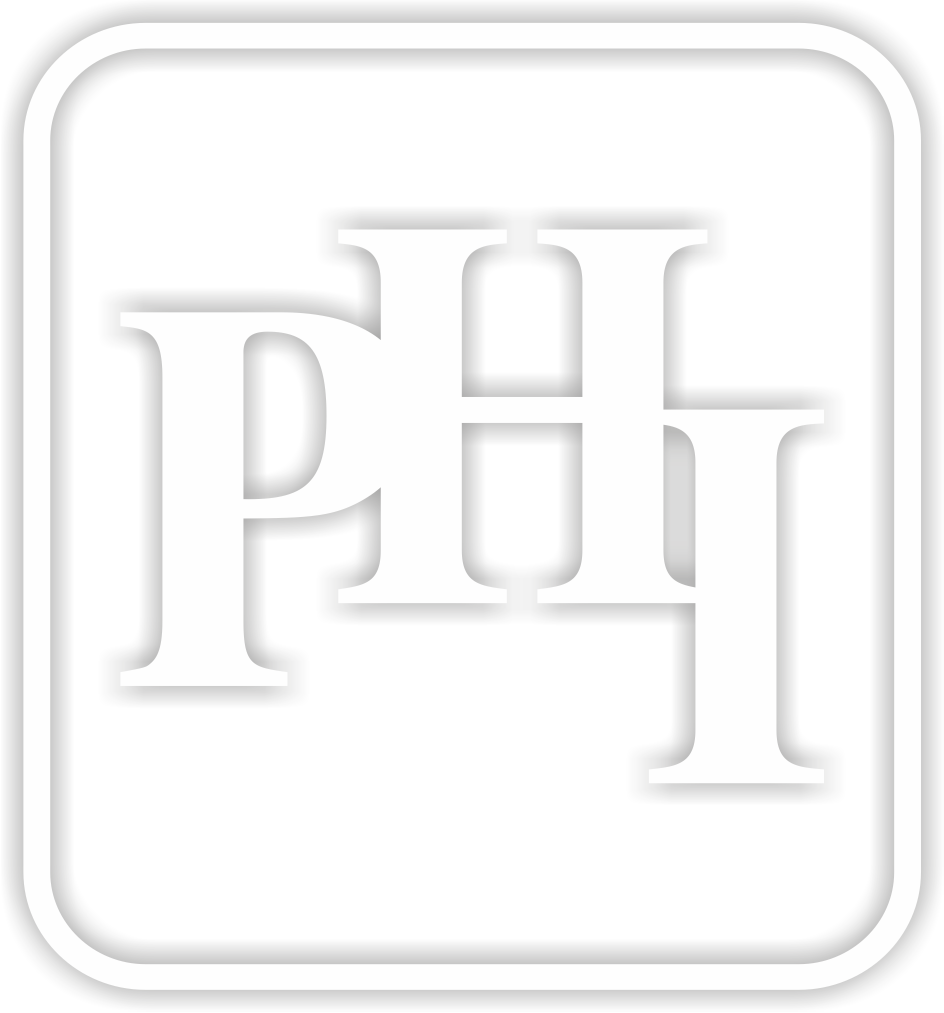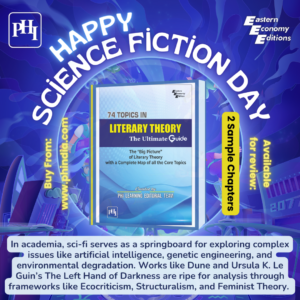The study of literature is incomplete without the historically eye-opening nature of literary criticism. From its origins in ancient philosophy to its present-day role in textual interpretation, literary criticism has always influenced how texts are analyzed and studied.
The evolution of literary theory has given rise to multiple theoretical perspectives that continue to shape the curriculum in higher education. This article highlights some of the most influential moments in the history of literary criticism, offering insight into how these developments have impacted both the study of literature and the academic world.
Ancient Greece: Philosophy Meets Literature
The origins of literary criticism can be traced back to the works of ancient Greek philosophers, particularly Plato and Aristotle. Their contributions to the theory of literature laid the groundwork for centuries of debate in academic circles. Plato’s Republic (c. 380 BCE) famously critiqued poetry, condemning it for its perceived capacity to mislead and corrupt society. For Plato, poetry was a mere imitation of the world, and thus, it lacked the potential for true knowledge. However, Plato also acknowledged the power of poetry to shape and reflect society’s values, making his critiques a pivotal starting point in the study of literary texts.
Aristotle, Plato’s student, offered a more optimistic view of literature in his Poetics (c. 335 BCE), in which he argued that drama and poetry could serve as a means of imparting moral lessons. Aristotle introduced key concepts such as mimesis (imitation), catharsis (emotional purging), and how such concepts influence societal norms through literary works. These foundational ideas remain central to literary criticism in higher education, particularly in the analysis of tragedy and dramatic works.
The Renaissance and the Rise of Formal Literary Criticism
While the classical foundations of literary criticism laid the groundwork for academic study, it wasn’t until the Renaissance that a more formalized approach to literary theory began to take shape in academia. During this period, scholars like Sir Philip Sidney and Samuel Johnson in England and Johann Wolfgang von Goethe in Germany emphasized the importance of style, form, and genre in the analysis of literature. The concept of literary taste was introduced (through different intellectual movements), arguing that an educated reader must possess the ability to appreciate the aesthetics and artistry of texts.
The Renaissance brought with it a humanistic focus that sought to understand texts within their historical and cultural contexts. The study of classical texts became integral to higher education, particularly in the context of philology (the study of language and literary texts).
This shift from a purely philosophical approach to a more nuanced, context-aware criticism paved the way for new developments—also known as the rise of formal literary criticism. This evolution allowed for more diverse methods of analysis, such as structuralism, post-structuralism, feminism, and postcolonialism, contributing to the development of modern literary criticism.
The Formalist Movement: New Criticism and the Focus on Textual Analysis
One of the most influential moments in modern literary criticism came with the rise of formalism, specifically New Criticism, in the early 20th century. In this method, the ‘form’ of the text gains primary importance.
Prominent scholars such as T.S. Eliot, I.A. Richards, and Cleanth Brooks argued that literary texts should be analyzed independently of authorial intent and historical context. The core nature of the literary work itself, whether formed due to its structural or artistic qualities, was said to be its essence. Instead, they emphasized close reading, focusing on the form, structure, and language of the text itself.
This shift towards an intrinsic analysis of texts had a significant impact on academic studies of literature, particularly within higher education institutions in the mid-20th century. Students in literature courses were encouraged to engage deeply with the text, analyzing its use of symbols, imagery, and literary devices. The New Criticism movement influenced countless scholars in academia and remains an important methodology in the study of literary works today.
A Logical, Organized Approach With Structuralism
Another influential moment in the history of literary criticism was the advent of structuralism in the mid-20th century. Building on the work of linguist Ferdinand de Saussure, who famously proposed the concepts of “sign”, “signifier”, and “signified”, structuralists argued that literature is a system of signs with underlying structures of meaning. For Saussure, meaning in language was not inherent in individual words, but rather in the relationships between words within a system of language.
Scholars like Roland Barthes and Claude Lévi-Strauss began to examine how narratives, myths, and symbols function within broader cultural and social systems. This approach had a profound impact on the study of literature in higher education, particularly in the academic fields of semiotics, narrative theory, and cultural studies.
Structuralism also inspired the rise of literary theory as a critical field within academia. This means that the logic-backed, almost technical approach shifted the focus of literary analysis to a more systematic and scientific analyses of language and meaning.
Approaching Meaning With Post-Structuralism & Deconstruction
The next significant moment in literary criticism came with the rise of post-structuralism and deconstruction in the 1960s and 1970s, largely influenced by thinkers like Jacques Derrida and Michel Foucault. Post-structuralists argued that meaning in literature—and indeed, in all language—is inherently unstable and fluid. Derrida’s concept of différance challenged the idea of fixed meaning in texts, asserting that meaning is always deferred through an endless play of signifiers.
Deconstruction, a method developed by Derrida, involves taking apart the binary oppositions within a text (e.g., good/evil, light/dark, presence/absence) to reveal how they depend on one another for meaning. This radical shift in the way scholars approached texts reshaped the landscape of literary criticism, particularly in academia. Post-structuralist ideas have had a profound impact on interdisciplinary fields like feminist, queer, and postcolonial criticism, as well as on the way higher education institutions approach the teaching of literature today.
Reinterpreting Power & Gender With Feminist Theory
One of the most important developments in 20th-century literary criticism was the rise of feminist literary theory, which began to take root in the 1970s. Feminist critics, such as Simone de Beauvoir, Elaine Showalter, and Judith Butler, challenged traditional literary canon and criticized how literature perpetuated gendered power structures. Feminist criticism sought to uncover the ways in which women have been historically marginalized in both literature and society.
In the context of higher education, feminist literature has played a crucial role in reshaping curricula, encouraging the inclusion of women’s voices in literary studies, and advocating for the examination of gender, sexuality, and power within texts.
Postcolonialism: Reclaiming Narratives
In the wake of global decolonization movements, postcolonial literary criticism emerged in the late 20th century, with figures like Edward Said, Gayatri Spivak, and Homi Bhabha challenging Western imperialist narratives. Postcolonial criticism examines how colonialism, empire, and race have shaped literature and global culture. Said’s Orientalism (1978) is one of the foundational texts in postcolonial studies, analyzing how Western literature constructed the “Orient” as the “Other” in ways that justified colonial domination.
Postcolonialism has influenced how higher education institutions study and teach literature from non-Western perspectives, encouraging discussions about power dynamics portrayed in texts and the reevaluation of the global literary canon.
Digital Humanities & Modern-Day Perspectives
Digital humanities has come to encompass the most recent developments in literary theory. The rise of digital technologies, including the internet, e-books, and digital archives, has created new opportunities for textual analysis.
New technologies have enabled the digital preservation and dissemination of literary texts. They have also enabled new ways of technology-supported analysis of these texts, paving the way for futuristic advancements in literary theory. Digital humanities, also known as digital literary criticism, explores how digital tools can be used to analyze and interpret texts in ways that traditional print-based criticism could not.
In higher education, digital literary criticism is shaping new methodologies and encouraging interdisciplinary approaches to literature. Scholars in the fields of digital humanities and computational literary studies are using data analytics, machine learning, and network theory to examine literary texts, offering new ways of engaging with literature in an academic context.
Looking Ahead: The Impact of Literary Criticism in Academia
The history of literary criticism is marked by influential moments that have shaped the way literature is studied, taught, and understood in higher education. From the philosophical foundations laid by Plato and Aristotle to the modern-day challenges posed by feminist, postcolonial, and digital literary criticism, the field continues to evolve. As academic institutions adapt to new developments and critical perspectives, the study of literature remains a dynamic and integral part of higher education, fostering critical thinking and cultural awareness across generations of students.
In academia, the importance of literary criticism cannot be overstated. It provides the framework through which scholars and students can explore the complexities of texts and their broader cultural, social, and political contexts. By understanding these influential moments in literary criticism, we gain insight into the ongoing conversations within higher education and the vital role literature plays in shaping our understanding of the world.
Don’t Forget To Check Out Our Book!
Interested in learning more about Literary Theory? Look no further than PHI Learning as we proudly present “74 Topics in Literary Theory: The Ultimate Guide”, a concise but informative textbook designed to meet the needs of today’s students. As students increasingly prefer shorter, more focused books, we’ve created a comprehensive roadmap that offers both a broad perspective and a detailed understanding of core literary concepts.
This guide not only aligns with syllabus requirements but also enhances analytical skills and interdisciplinary thinking. It contextualizes key topics like Feminist Theory and Structuralism within the broader evolution of literary theory, helping students grasp the interconnectedness of various theories.
Key Features Include:
- Covers 74 essential topics, offering a “big picture” perspective of literary theory.
- Organized to suit modern students’ preference for concise yet thorough coverage.
- Simplifies complex theories for clarity while guiding the conversation towards analytical thinking.
- Introduces a new approach by connecting interdisciplinary fields like gender studies and digital humanities.
“74 Topics in Literary Theory” goes beyond the syllabus by linking key theories like Feminist Theory, Ecocriticism, and Psychoanalysis, enabling students to view literary theory as an evolving, interdisciplinary continuum. It demonstrates how different schools of thought—ranging from Digital Humanities to Postcolonialism—often share common goals, such as challenging dominant narratives and offering new interpretations of literature and culture.
Pre-order your copy via the link below! Contact us to review two Sample Chapters and the Table of Contents!
https://www.phindia.com/Books/BookDetail/9789354439858/74-topics-in-literary-theory-phi
email: marketing@phindia.com
call: 011 4303 1100




 marketing@phindia.com
marketing@phindia.com 011 4303 1100
011 4303 1100